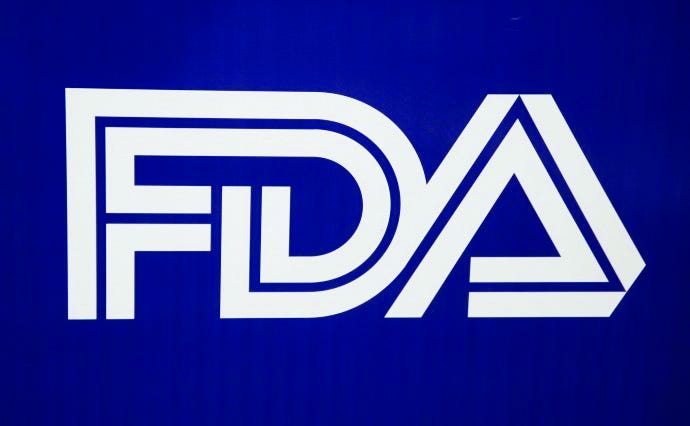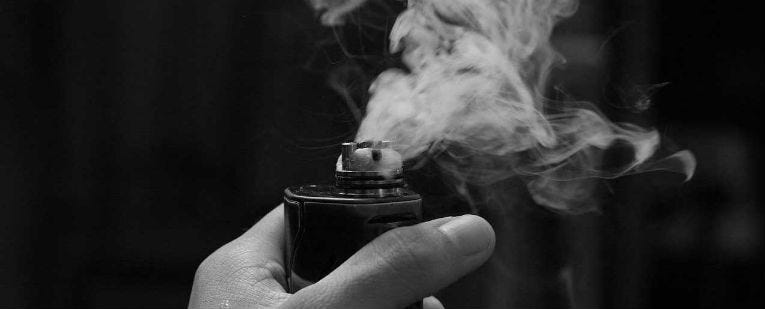Eric Lindblom, senior scholar at the O'Neill Institute for National and Global Health Law, and former Senior Advisor to the FDA's Centre for Tobacco Products has published a lengthy report in the Food and Drug Law Journal entitled 'Effectively Regulating E-Cigarettes and Their Advertising - and the First Amendment' .
This is an important document which gives great insight into the legal thought that will inform FDA's actions going forward.
Fundamentally, Lindblom supposes that the scientific questions as to safety, gateways, dual use, cessation efficacy and so forth do not need be resolved prior to the issuance of the regulation, since the law will allow the FDA to resolve these questions at its leisure once it is in place.
At the very core of Mr Lindblom's argument is the following logic chain:
As a result of the tobacco act and the deeming regulation:
1. All vape kits marketed after Feb 15th, 2007 are illegal unless they receive new tobacco product authorisation (most won't, if any at all).
2. Since all e-cigarettes currently available were developed after February 2007 , they will be illegal.
3. The FDA has significant enforcement discretion and stated in the deeming proposal that it would 'consider revising its compliance policy should the Agency find that doing so is warranted, such as to better protect the public health'. This includes selective enforcement of the deeming regulation - allowing illegal products to remain on the market under certain circumstances.
In other words, then, FDA will be able to regulate all aspects of e-cigarettes: their sale, composition and advertising - and the manufacturers and suppliers will have no recourse for complaint since their products, are at this point, illegal.
This is somewhat of a dismal future for those unable to gain new tobacco product authorisation (potentially everyone) - a future in which their products are subject to instantaneous removal from the marketplace at the whim of the FDA.
The rest of the document consists of declarations as to what the FDA should insist on and, again, this is pretty dismal reading for most all vapers and those in the industry:
Marketing: Lindblom more-or-less suggests a total prohibition on any, save for direct mails and emails to 'pre-registered confirmed smokers'.
Flavourings: While not specifically calling for their blanket ban, Lindblom arguably comes very close: firstly by suggesting that the FDA could 'ban e-cigarette flavours that could attract youth' if doing that would discourage e-cigarette use among youth and non-smokers and not disproportionately reduce constructive vape mod use as an alternative to smoking. (how on earth can they determine this?). Secondly, he states: 'prohibit potentially harmful contaminants in the nicotine-containing liquids; and ban ingredients, other than nicotine or any other ingredients necessary to the operation of the e-cigarette, that might be harmful when converted from liquid to aerosol form and inhaled.' Well, what if flavours are only slightly harmful, but render e-cigarettes much more palatable to smokers? Remember that tobacco flavour in e-cigarettes is just that, an added flavor.
General considerations: 'Limit the voltage or temperatures that e-cigarettes can produce to turn their liquid into aerosol vapour, as there is evidence that high temperatures and voltages can expose users to higher, more harmful levels of formaldehyde than cigarettes, and viable lower voltages and temperatures produce no exposure' - So, bye bye mech mods and devices without temperature protection.
Some reading this might think that the above are very good things. I would invite them to look at the FDA workshops and see whether they believe the FDA is taking its advice from dispassionate observers capable of steering e-cigarettes in the interests of public health, or whether we're about to witness the utter destruction of a movement that is already saving lives.
Only Congress can change things now.






Leave a comment
This site is protected by hCaptcha and the hCaptcha Privacy Policy and Terms of Service apply.